2025 NanoNews: QCM-D Edition Q2
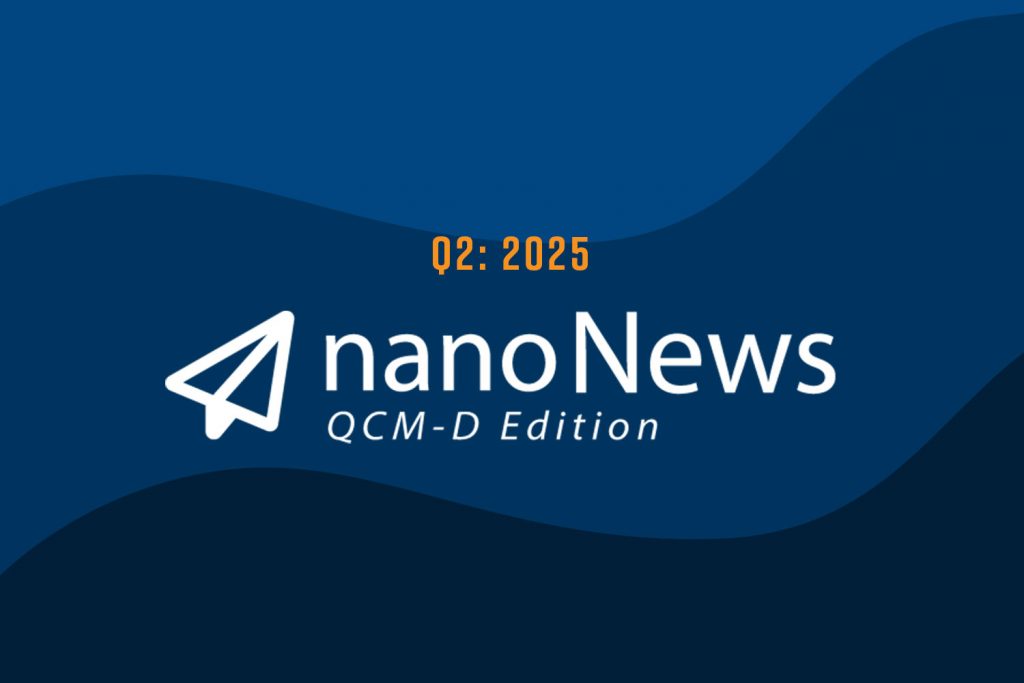
Welcome to the Quartz Crystal Microbalance with Dissipation monitoring (QCM-D) edition of the Nanoscience Instruments newsletter, nanoNews. We are excited to share the latest updates from around the QCM-D community with you!
2025 NanoNews: Electrospinning Edition Q2
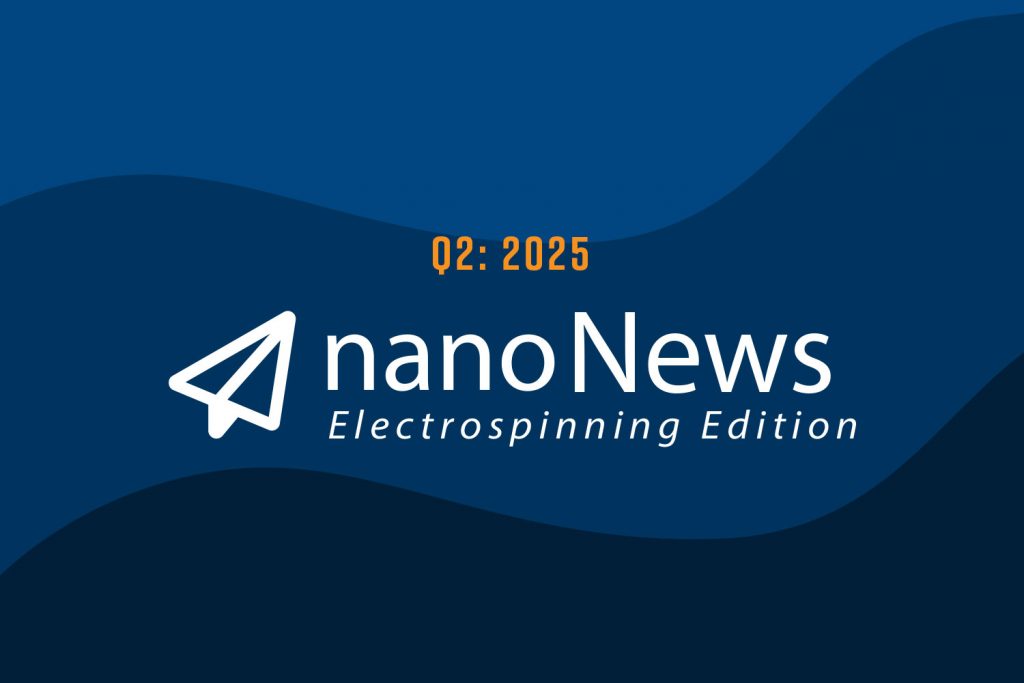
2025 NanoNews: Tensiometry Edition Q2
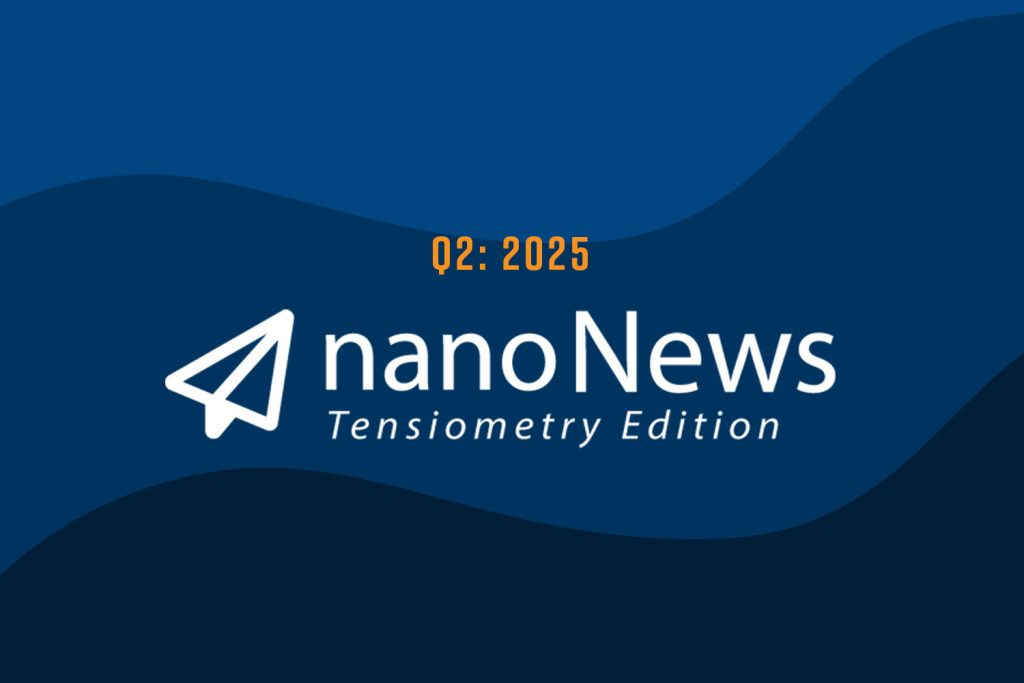
Welcome to the second quarter Tensiometry edition of the Nanoscience Instruments newsletter, nanoNews. We are excited to share the latest updates from around the Tensiometry community with you!
Fabricating Nanofibers: Electrospinning Vs Blow Spinning

Nanofibers, with their high surface area-to-volume ratio, tunable porosity, and mechanical flexibility, are increasingly used in diverse applications including filtration, biomedical devices, energy storage, and smart textiles. Among the many fabrication techniques available, electrospinning and blow spinning have emerged as two of the most prominent methods for producing nanofibers from polymeric solutions. While both techniques can yield continuous nanofibers, they differ significantly in their operational principles, equipment requirements, scalability, fiber morphology, and suitability for different applications.
American Chemical Society (ACS) Fall 2025 | August 18-20, 2025 | Washington, DC

ACS Fall 2025 Meet us in Booth #2719 at the American Chemical Society’s Fall Meeting! Stop by for a live electrospinning demo with the Fluidnatek LE-50 G2, our compact and powerful benchtop unit. We will also have a QSense Omni and an Attension Theta Flow for hands-on exploration of the instruments and their powerful software! […]
Enhancing Efficacy of Bipolar Membranes through Electrospinning
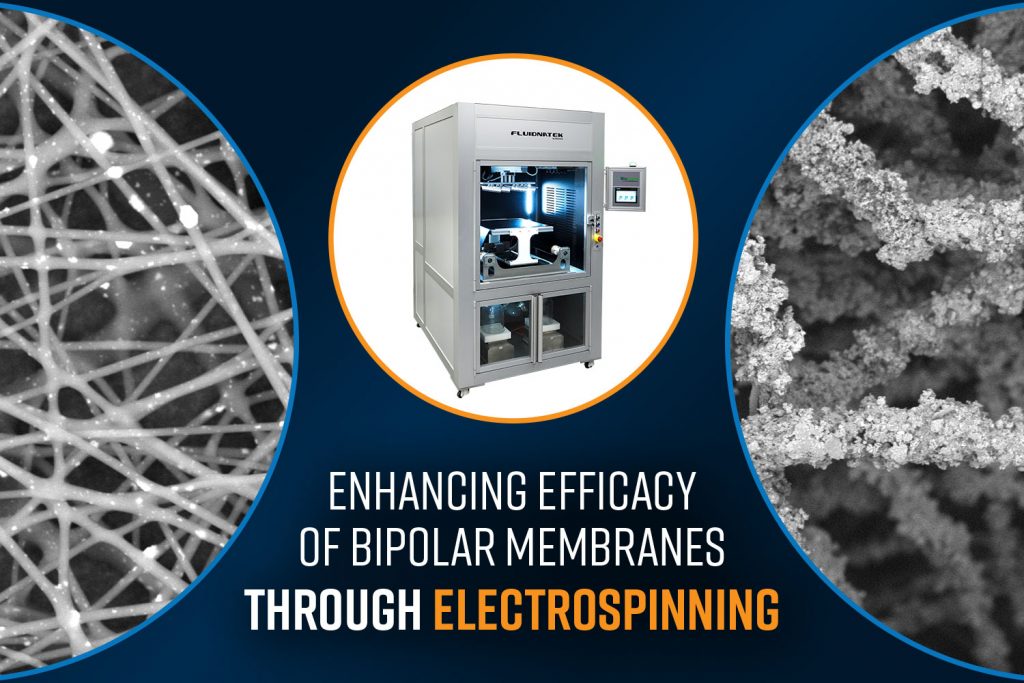
Electrospinning has emerged as a transformative technique for fabricating fibrous materials with highly controlled geometries. This method, characterized by its ability to produce ultrafine fibers from various materials, has garnered widespread attention across industries, including healthcare, energy, and materials science. A particularly exciting aspect of electrospinning is its capacity to create complex geometric structures composed of nanoscale and microscale fibers, which significantly enhance their functionality for advanced applications. Traditional electrospinning produces planar surfaces composed of randomly oriented fibers but advancements in the field have enabled the fabrication of more sophisticated structures. In this blog we will delve into some of the complex geometric structures that can be fabricated by electrospinning and their different applications.
Microscopy & Microanalysis 2025 | July 28 – July 31, 2025 | Salt Lake City, Utah
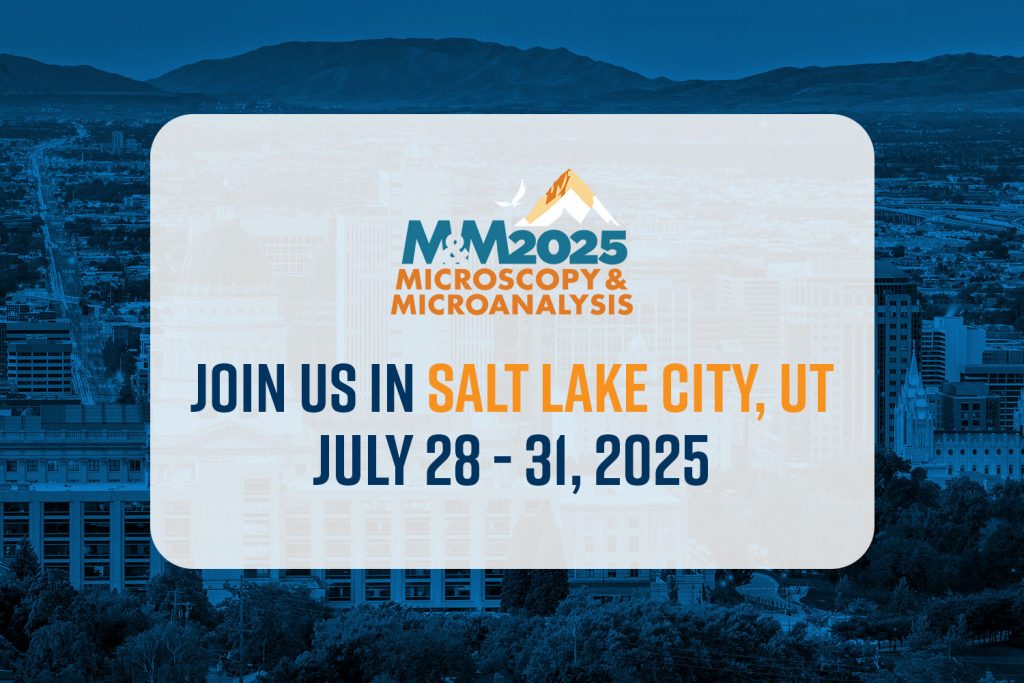
Join us in Salt Lake City, Utah for the highlight of the microscopy calendar – M&M 2025! Nanoscience Instruments is back for this annual summertime conference, and this time we’re showcasing in Booth #1925.
Evaluating Alternative Techniques for Real-Time Monitoring of Molecular Interactions at Surfaces
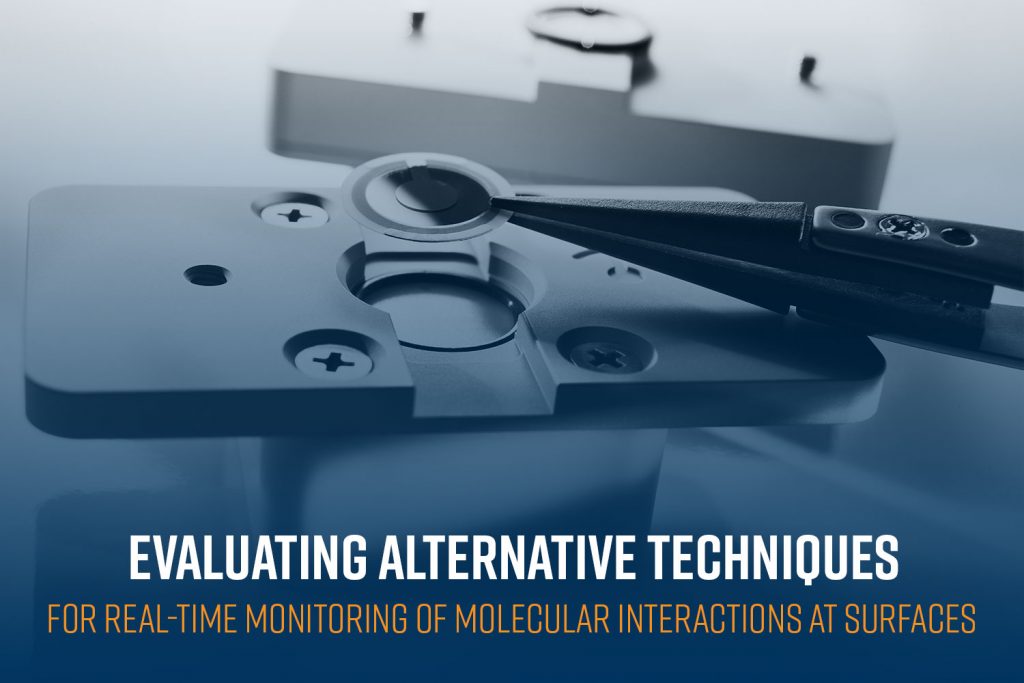
Understanding molecular interactions at surfaces is essential for advancing fields such as biosensing, materials science, and drug discovery. These interactions—ranging from protein-ligand binding to polymer adsorption—can reveal crucial information about binding kinetics, affinity, and conformational changes. Surface-sensitive analytical techniques enable researchers to monitor these events in real time and under physiologically relevant conditions, without the […]
ACS Colloids 2025 | June 22-26, 2025 | Edmonton, AB
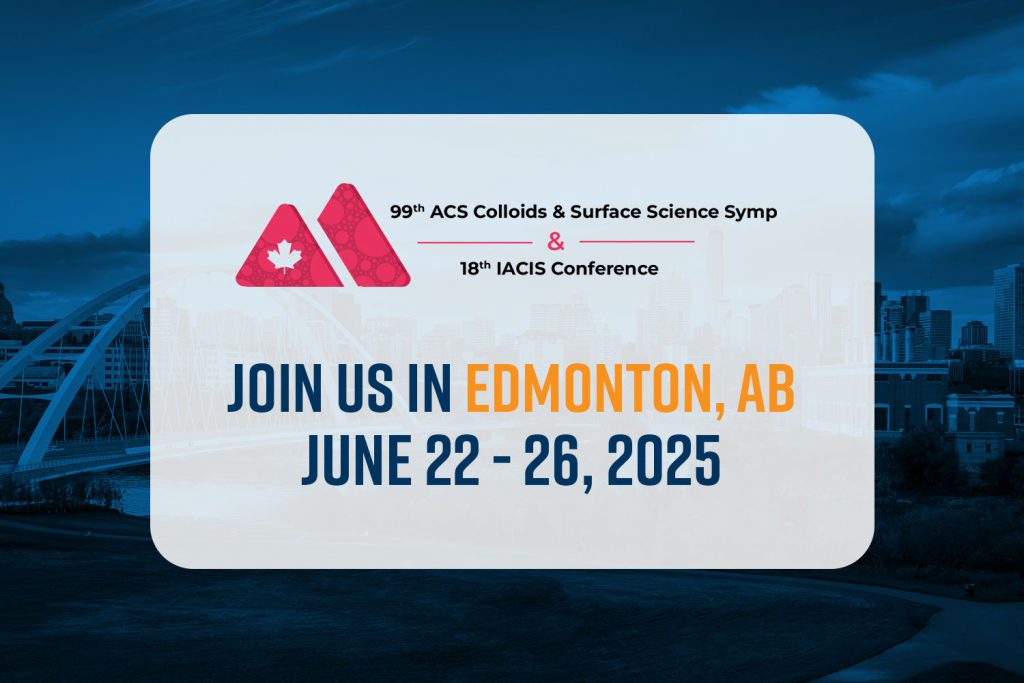
99th ACS Colloids & Surface Science Symposium Mark your calendars for the 99th ACS Colloid and Surface Science Symposium! The event promises to be an unparalleled gathering of researchers, scholars, and professionals from around the world, focusing on the cutting-edge advancements in the field of colloid and surface science. Visit us at table #B4 to […]
Nanoscience Instruments Becomes Exclusive North American Distributor for SenseAI
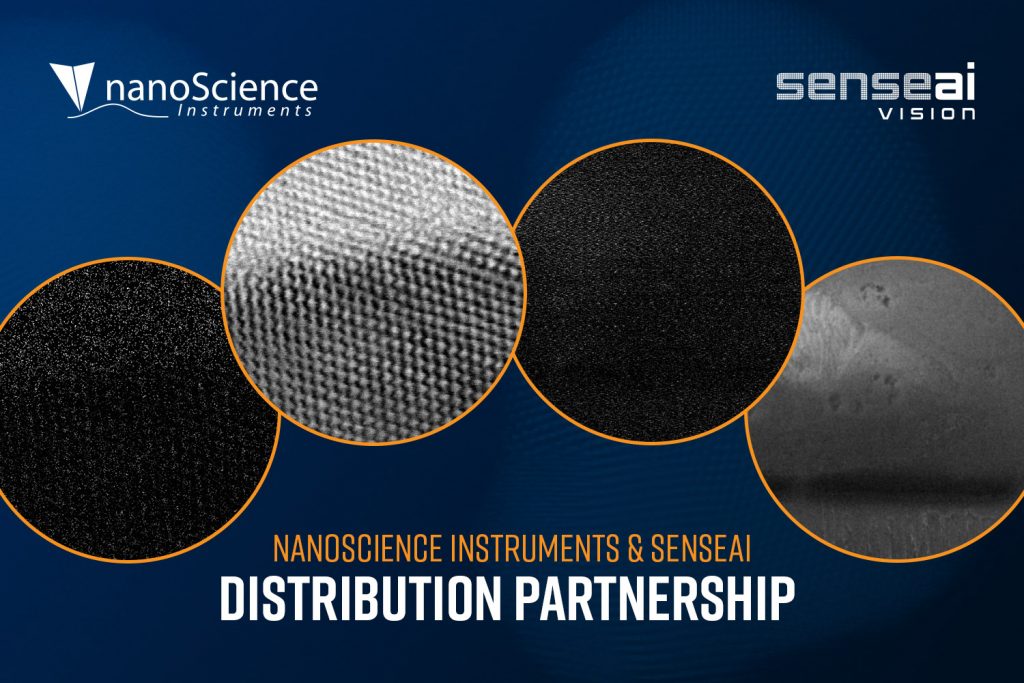
Nanoscience Instruments will be the sole North American sales and service provider of electron microscopy imaging software SenseAI Vision. Liverpool, UK – May 1st 2025 SenseAI, the compressed sensing software transforming the way electron microscopy images are captured, is excited to announce a new exclusive distribution agreement with Nanoscience Instruments, leaders in microscopy and surface […]
